Wastewater
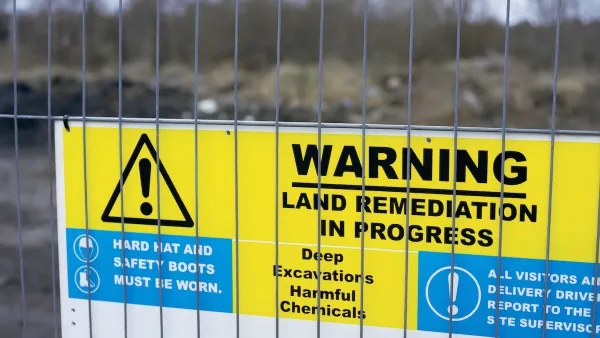
EPA Awards $267 Million to Clean Up and Reuse Contaminated Sites
The EPA is investing the funds to clean up and redevelop contaminated sites nationwide, supporting economic growth, community revitalization, and environmental restoration.

Alabama: Trump Terminates Settlements for Black Communities Harmed By Raw Sewage
Trump deemed the landmark civil rights agreement “illegal DEI and environmental justice policy.”
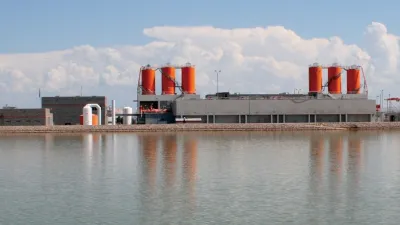
El Paso Wastewater Purification Facility Breaks Ground
As water supplies become strained and technology advances, cities look to wastewater as a viable source of drinking water.
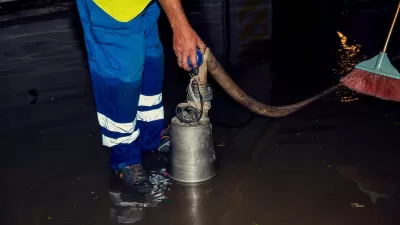
Baltimore Sewer Backup Assistance Programs Stall
Two programs aimed at helping residents safely clean up overflows caused by aging pipes are in limbo due to a dispute between the city and the EPA.

Baltimore Invests Billions to Clean its Waterways
Like Paris, the city has been working to improve its wastewater system and make local waterways safe for swimming.

San Francisco Takes on EPA in Supreme Court Case
The Court has agreed to hear an appeal challenging federal water pollution regulations.

California Approves Wastewater Recycling Rules
The complex set of regulations will ensure recycled water makes it to taps safely.
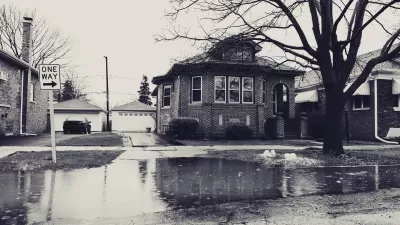
Chicago Flood Mitigation Scrambles to Keep up With Climate Change
The city’s geography and the growing intensity of storms due to climate change are making it difficult for local officials to prevent neighborhood flooding and wastewater spills.
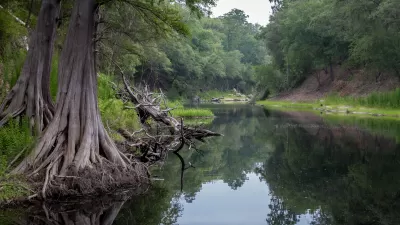
Florida Boosts Rural Infrastructure Fund
Five rural communities will receive $15 million under a new law designed to assist rural areas in developing their infrastructure.

California Governor Outlines Plan for a ‘Hotter, Drier Future’
With California’s water supply expected to drop by 10 percent in the next two decades, Governor Newsom’s strategy calls for conservation and increased investment in water collection, storage, and desalination infrastructure.

Wastewater System Upgrade Plans Already Out of Date
Some Midwest cities' plans to upgrade decades-old sewer systems rely on outdated rainfall predictions as flood risks grow due to climate change and shifting weather patterns.
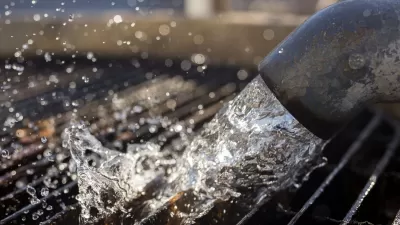
How Cities Can Manage Drought Risk and Conserve Water
As climate change and population growth strain fresh water resources, tactics from around the world provide universal lessons for building water-smart cities.

House Bill Would Invest Up to $750 Million in Wastewater Recycling Projects
HR 4099, which recently passed a House subcommittee, would create a new pool of money for 17 western states to use for new wastewater recycling capacity.
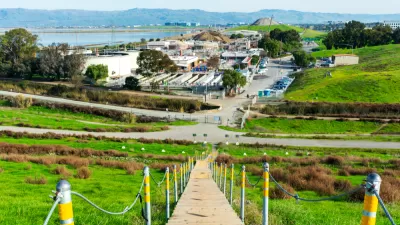
How Cities Are Using Wastewater to Test for COVID-19
Some scientists and city officials are moving ahead with a different way to track the virus’s spread: wastewater testing.
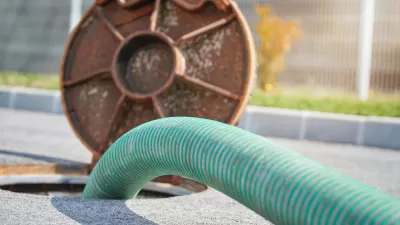
Lack of Septic Systems Spell Disaster for Low-Income Alabama Residents
Low-income Alabama residents who can't afford the cost of a functional septic tank run the risk of heavy fines and even arrest in addition to extremely unsafe conditions.
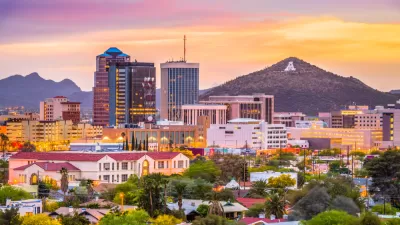
Coronavirus Wastewater Testing Yields Positive Results at Universities
Wastewater testing is being hailed as a success at the University of Arizona, credited for stopping a COVID outbreak. In Utah, wastewater analysis forced almost 300 students to quarantine for four days while awaiting their test results.
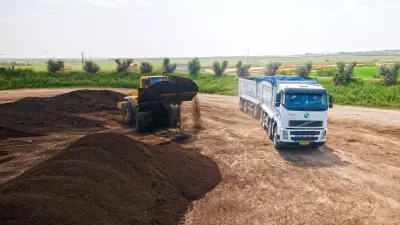
Human Waste as a Climate Solution
Using treated waste as an agricultural fertilizer is controversial, but the practice has several climate-related benefits.
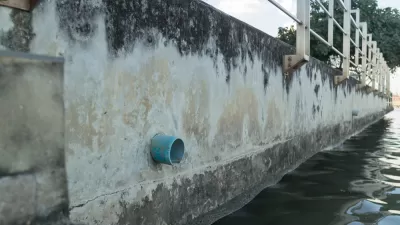
Florida Plagued by Sewage Spills
The state’s aging sewage infrastructure is failing, but the cost to replace it would be monumental.

California Bill Would Increase Wastewater Recycling
In California, a billion gallons of water ends up in the ocean every day. A new bill seeks to curb this practice by requiring treatment facilities to increase recycling and reuse efforts.
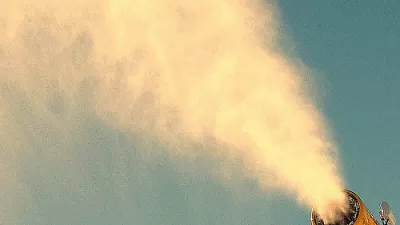
Montana Ski Resorts to Turn Wastewater into Snow
Using treated wastewater for snowmaking would have dual benefits for Big Sky, Montana.
Pagination
Urban Design for Planners 1: Software Tools
This six-course series explores essential urban design concepts using open source software and equips planners with the tools they need to participate fully in the urban design process.
Planning for Universal Design
Learn the tools for implementing Universal Design in planning regulations.
Heyer Gruel & Associates PA
JM Goldson LLC
Custer County Colorado
City of Camden Redevelopment Agency
City of Astoria
Transportation Research & Education Center (TREC) at Portland State University
Jefferson Parish Government
Camden Redevelopment Agency
City of Claremont


































